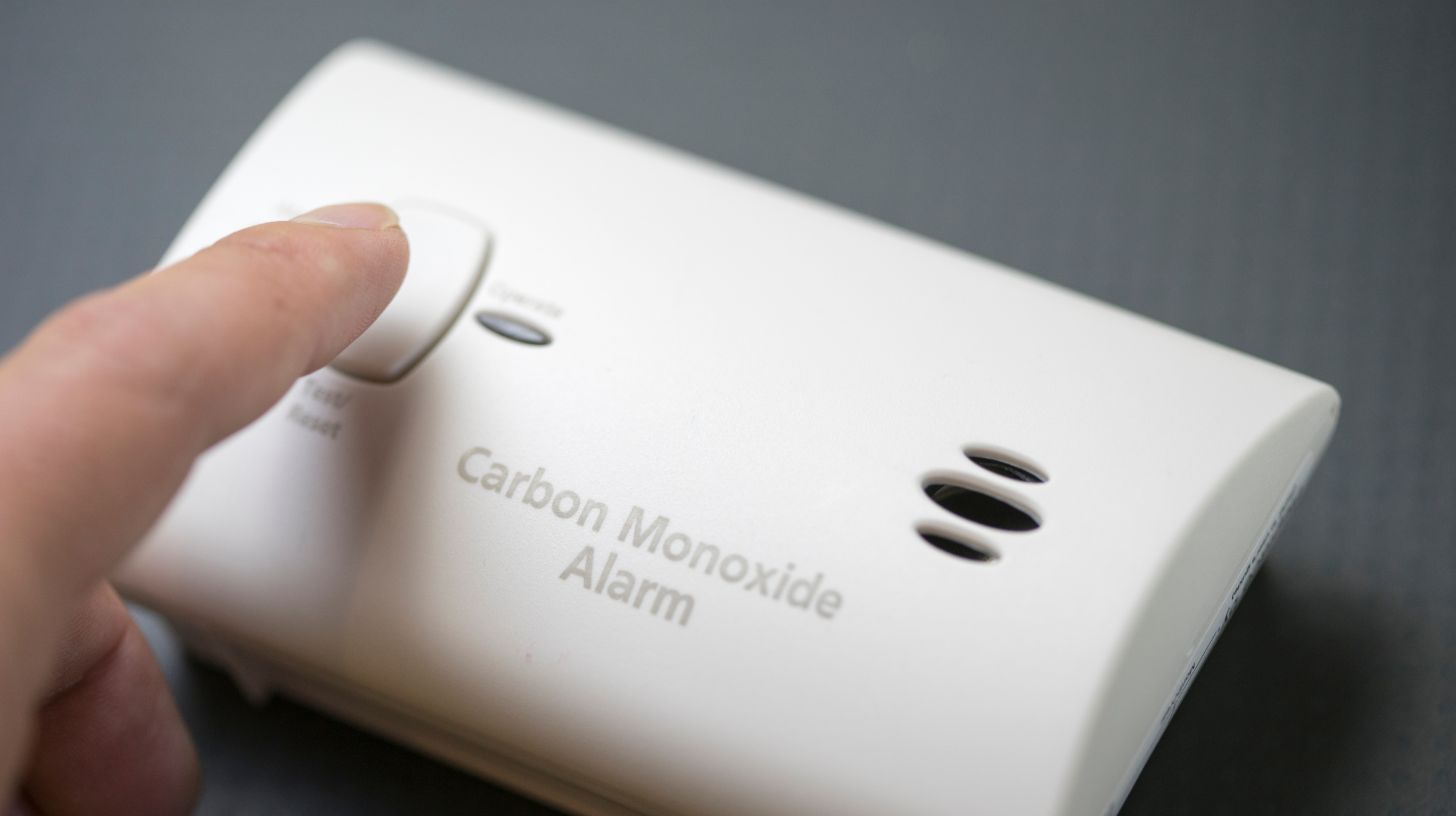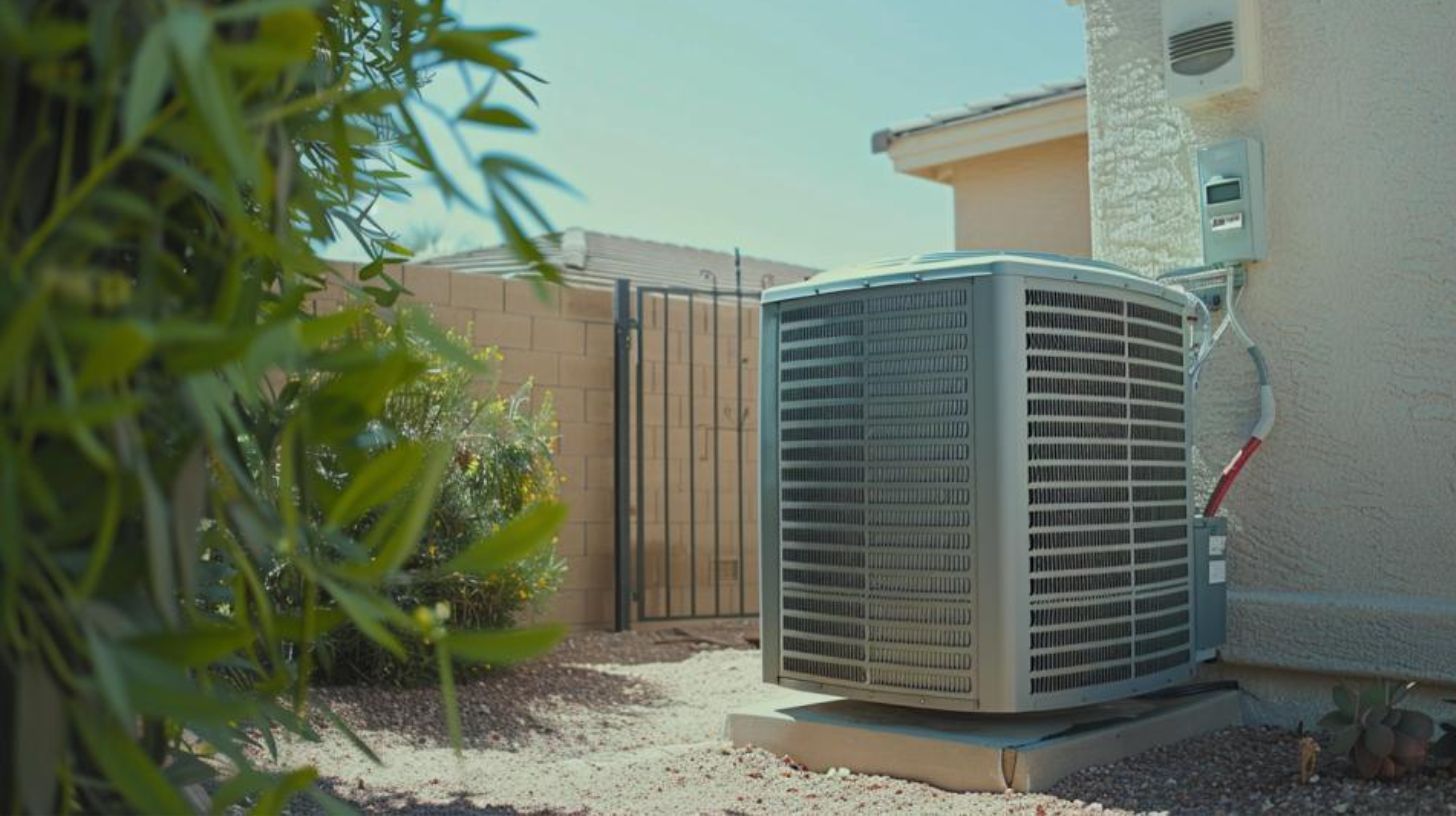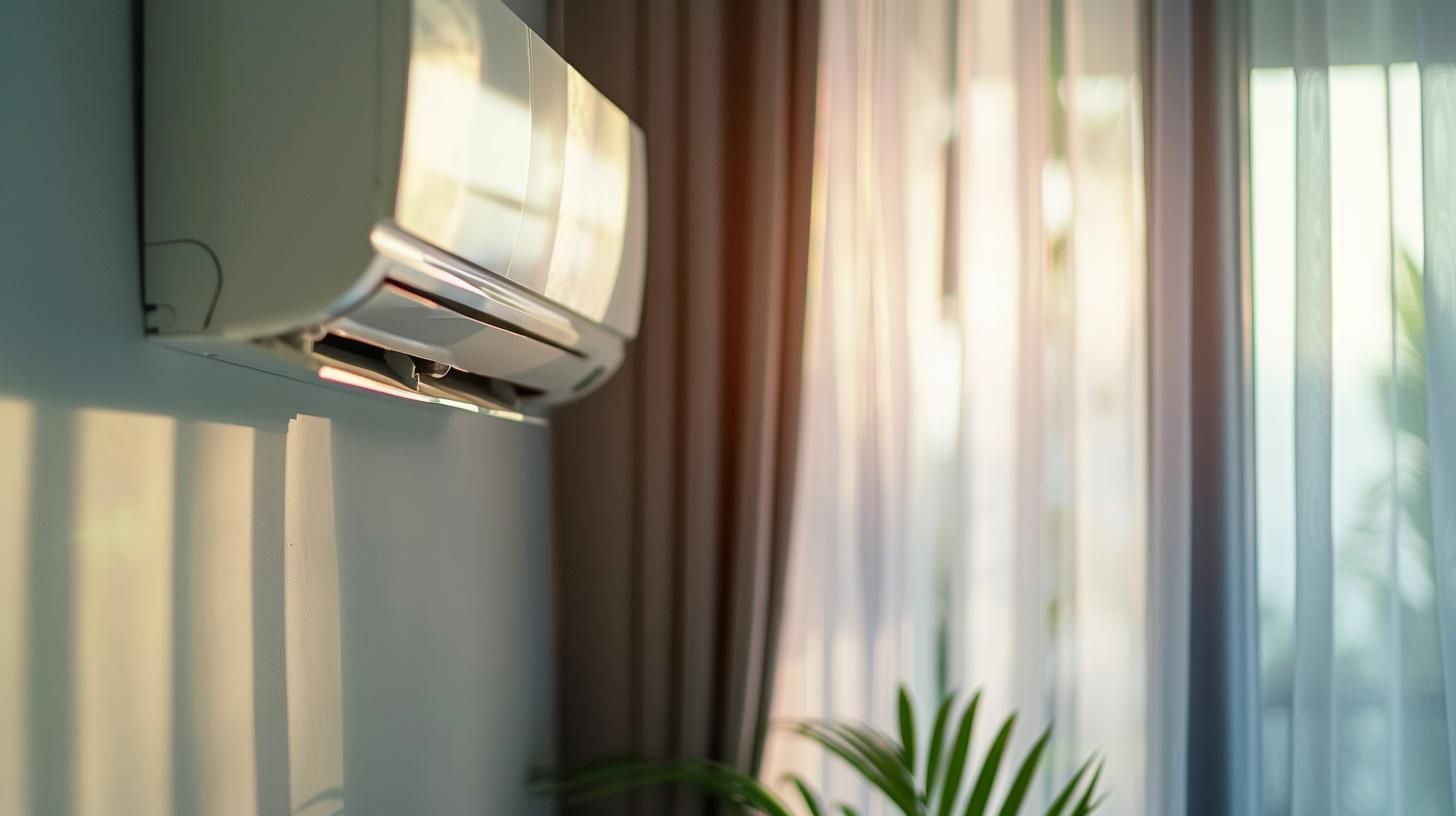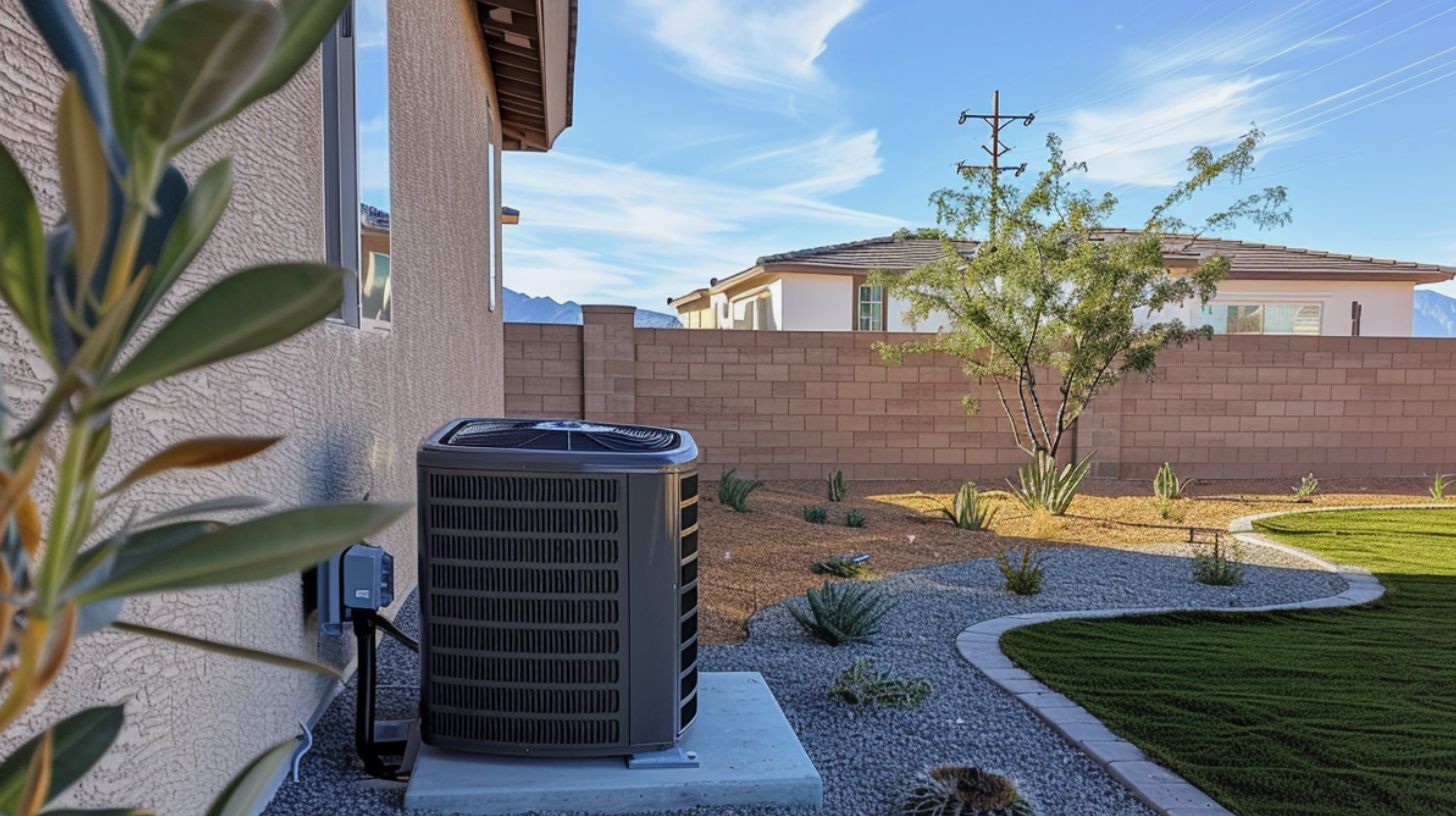
How to know if your HVAC is leaking carbon monixide?
Understanding the Dangers of Carbon Monoxide
Carbon monoxide (CO) is an odorless, colorless gas that can cause serious health issues or even death when inhaled in large quantities. It’s produced when fuels like gas, oil, coal, or wood don’t burn fully. In enclosed spaces like homes, CO levels can quickly rise to life-threatening levels.
The Importance of HVAC Safety
Heating, Ventilation, and Air Conditioning (HVAC) systems are essential for maintaining a comfortable and healthy indoor environment. However, if not properly maintained, they can become sources of carbon monoxide. Ensuring HVAC safety is vital to protect your family from the dangers of CO poisoning.
Recognizing the Symptoms of Carbon Monoxide Poisoning
Recognizing the symptoms of CO poisoning is crucial. Early symptoms include headache, dizziness, weakness, nausea, vomiting, chest pain, and confusion. High levels can cause loss of consciousness and are potentially lethal. If you suspect CO poisoning, seek fresh air immediately and call emergency services.
Signs That Your HVAC System Might Be Leaking Carbon Monoxide
Several signs can indicate your HVAC system might be leaking CO:
- Streaks of soot around the unit: Soot accumulation can be a sign of incomplete combustion, a common cause of CO production.
- No upward draft in your chimney: If exhaust gases aren’t venting properly, CO can accumulate.
- Rust or water streaking on vent/chimney: This can indicate that the venting systems are not working properly.
- Excessive moisture on windows, walls, or other cold surfaces: This can be a sign of a malfunctioning HVAC system.
- Rusting on flue pipes or appliance jacks: Visible rust can be a sign of CO leaks.
- Yellow or orange flames in your combustion appliances: Flames should be blue. Yellow or orange flames suggest incomplete combustion.
FAQs
What is carbon monoxide, and why is it dangerous? Carbon monoxide is a toxic gas produced by incomplete combustion of fossil fuels. It’s dangerous because it displaces oxygen in the blood, leading to oxygen deprivation for vital organs.
How does carbon monoxide poisoning occur in homes? CO poisoning can occur from improperly functioning or unvented fuel-burning appliances, like heating systems, blocked chimneys, or car exhausts in attached garages.
What role does an HVAC system play in carbon monoxide leaks? HVAC systems, if faulty or improperly maintained, can be a significant source of CO, especially older units or those with blocked vents.
What are the symptoms of carbon monoxide poisoning, and how can I recognize them? The symptoms range from mild (headache, dizziness) to severe (confusion, loss of consciousness). It’s often mistaken for flu due to similar symptoms.
Are there any specific signs that my HVAC system might be leaking carbon monoxide? Yes, signs include soot around the appliance, no draft in the chimney, rusting on flue pipes, and unusual flames in combustion appliances.
Stay informed and ensure the safety of your home with Semper Fi Heating and Cooling in Phoenix. Regular maintenance and awareness are key to preventing carbon monoxide poisoning. If you suspect a CO leak, contact professionals immediately for inspection and repair. Remember, your safety is paramount.
Table of Contents
Other Blogs You May Be Interested In
Categories












Leave a Reply